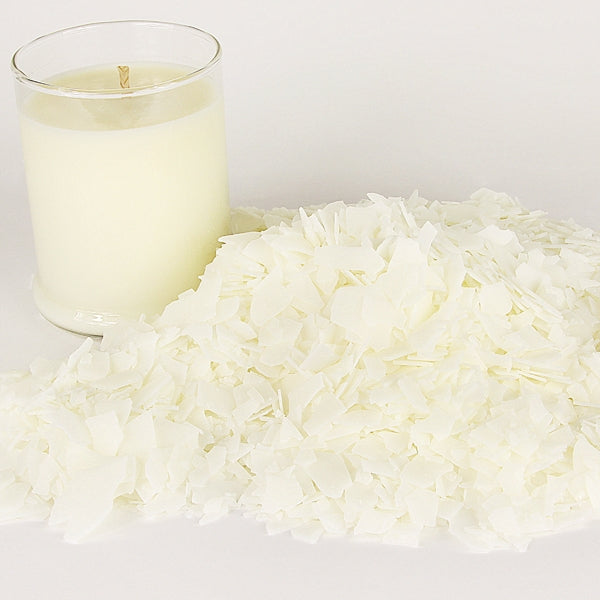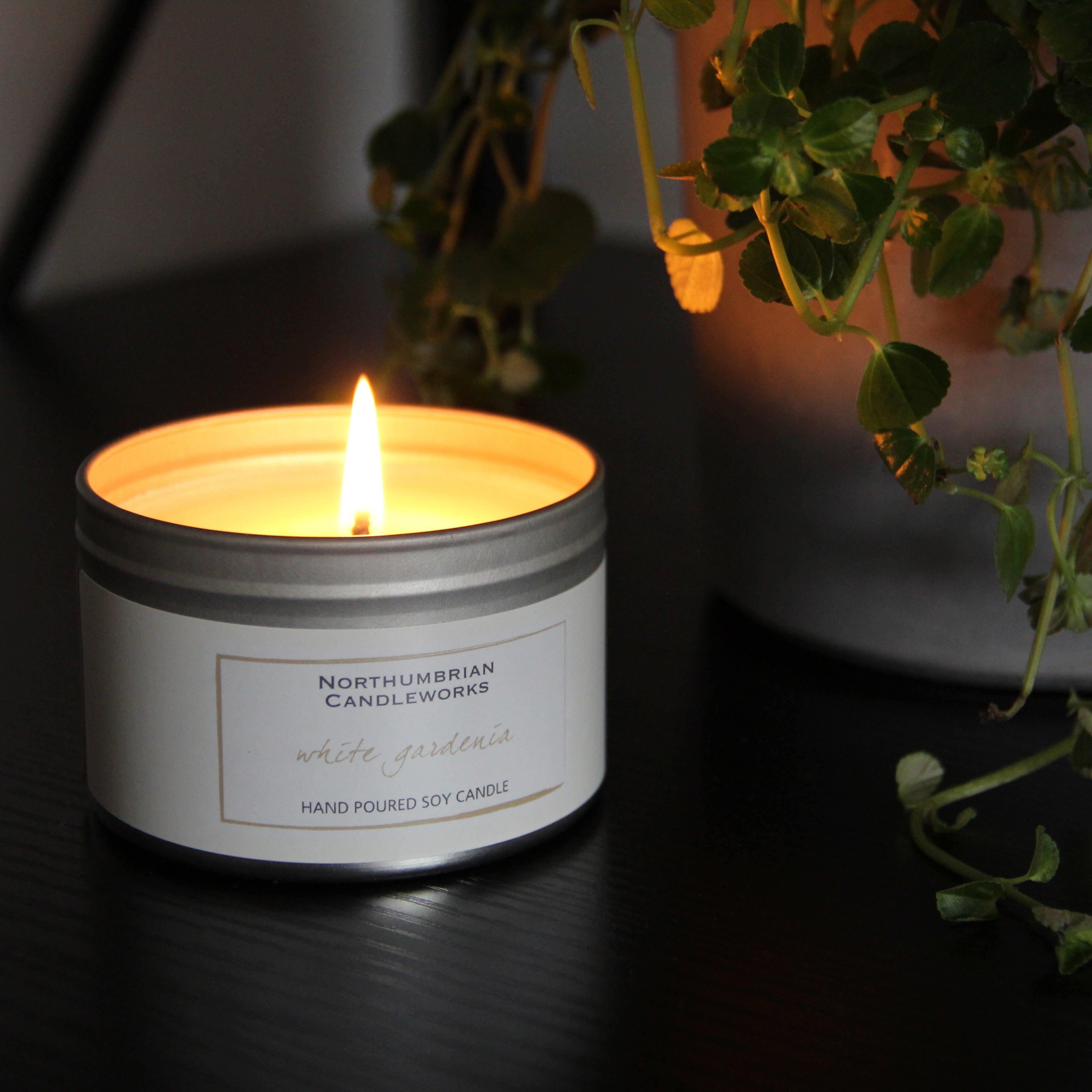From Wick to Wax: Comprehending the Chemistry Behind Soy Wax Candles and Their Environmental Impact
As we brighten our areas with the cozy glow of candles, there lies a realm of complex chemistry behind the relatively basic act of lighting a soy wax candle light. The choice between soy and paraffin wax extends past plain aesthetic appeals, delving right into the realm of ecological impact and the extremely structure of the materials. Comprehending the molecular framework of soy wax and its combustion process loses light on the exhausts released into our surroundings. Join us as we decipher the scientific ins and outs behind soy wax candle lights and explore their effects on our setting.
Soy Wax Vs. Paraffin Wax
When contrasting soy wax and paraffin wax for candle production, it is vital to recognize the unique characteristics and benefits of each product. Soy wax is a natural, eco-friendly source acquired from soybean oil, making it environment-friendly and biodegradable - soy candles. On the other hand, paraffin wax is a by-product of oil refining, which increases concerns about its environmental influence and sustainability
Soy wax candles burn cleaner and give off much less soot contrasted to paraffin wax candle lights, making them a healthier choice for indoor air top quality. Furthermore, soy wax has a lower melting point, enabling a longer-lasting candle that spreads fragrance better. Paraffin wax, on the various other hand, often tends to shed faster and less easily, potentially releasing unsafe chemicals right into the air.
From a sustainability perspective, soy wax is favored for its biodegradability and sustainable sourcing, lining up with the expanding consumer preference for ecologically conscious items. While paraffin wax has been a typical option in candle making due to its cost and convenience of use, the change in the direction of environment-friendly alternatives like soy wax is gaining energy in the sector.
Chemical Make-up of Soy Wax

Burning Process in Soy Candles
The chemical composition of soy wax straight influences the burning process in soy candle lights, affecting variables such as shed time, scent launch, and ecological effect. When a soy candle is lit, the warmth from the flame thaws the wax near the wick.
The combustion effectiveness of soy candle lights is influenced by the pureness of the soy wax and the top quality of the wick. Furthermore, soy wax candle lights have a reduced environmental influence contrasted to paraffin candles due to their sustainable and biodegradable nature.

Environmental Benefits of Soy Wax

Thought about a find more information lasting choice to conventional paraffin wax, soy wax provides noteworthy environmental benefits that make it a prominent option among eco-conscious consumers. One significant benefit of soy wax is its sustainable sourcing. Soy wax is originated from soybean oil, which is primarily cultivated hop over to these guys in the United States. The growing of soybeans assists support local farmers and reduces the dependency on non-renewable fossil fuels utilized in paraffin wax production. Additionally, soy wax is biodegradable, meaning it damages down naturally without releasing hazardous toxins into the environment. This particular makes soy wax candle lights a more ecologically pleasant option contrasted to paraffin wax candle lights, which are made from petroleum, a non-renewable source. In addition, soy wax burns cleaner and generates much less soot than paraffin wax, adding to better indoor air quality and reducing the requirement for cleaning and maintenance. Generally, the environmental advantages of soy wax straighten with the growing need for environment-friendly and sustainable products on the market.
Recycling and Disposal Considerations
Recycling and proper disposal of soy wax candles play a vital duty in preserving environmental sustainability and decreasing waste in families and neighborhoods. When it comes to recycling soy wax candles, the first action is to ensure that the candle light has actually shed totally.

In regards to disposal, if recycling is not an alternative, soy wax candle lights are naturally degradable and can be safely thrown away in the majority of house waste systems. It is constantly recommended to examine with regional recycling facilities or waste administration services for details guidelines on candle disposal to make certain correct handling and environmental defense.
Final Thought
In verdict, the chemistry behind soy wax candle lights reveals their ecological benefits over paraffin wax candles. Soy wax, stemmed from soybean oil, burns cleaner and generates less residue when compared to paraffin wax. The burning process in soy candles is a lot more reliable, causing a longer and much more also melt. Furthermore, soy wax is naturally degradable and renewable, making it a much more sustainable choice for candle production. Recycling and appropriate disposal of soy wax candle lights additionally add to their ecological effect.
When contrasting soy wax and paraffin wax for candle light making, it is important to recognize the distinct attributes and advantages of each material (soy wax candles).Soy wax candles shed cleaner and give off much less residue contrasted to paraffin wax candle lights, making them a healthier option for here interior air top quality.Considered a sustainable choice to traditional paraffin wax, soy wax provides significant ecological advantages that make it a popular choice among eco-conscious consumers. Soy wax burns cleaner and creates less residue than paraffin wax, adding to far better interior air top quality and reducing the requirement for cleansing and upkeep.In conclusion, the chemistry behind soy wax candle lights discloses their environmental benefits over paraffin wax candles